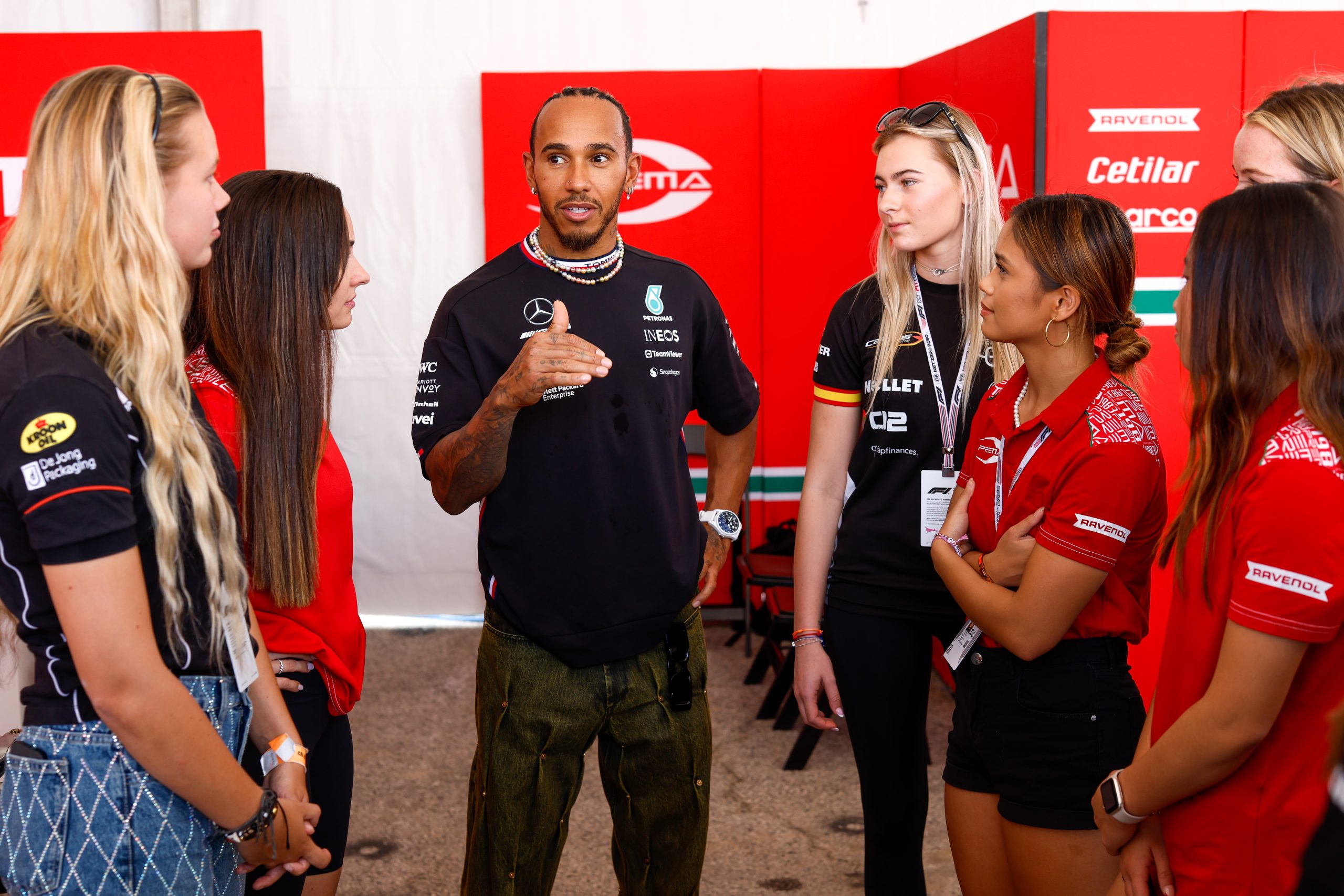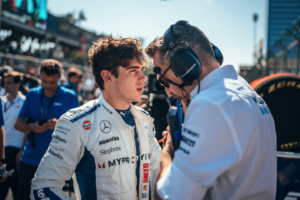In honor of Black History Month in the UK, this is Part Three in a three-part series that highlights the life and career so far of F1’s first-ever Black driver, Sir Lewis Hamilton.
In part one of this series, we looked at Sir Lewis Hamilton’s journey into F1. It was a detailed look into his junior career, and how that led up to his signing to drive for McLaren in F1 for the 2007 season. Part two highlighted the highs and the lows, as well as the accolades that Hamilton has claimed so far in his long and highly decorated career.
In part three, we will look at how racial discrimination has molded his mentality into that of a champion. As well as how it has pushed him to be an advocate for diversity and inclusivity.
An inspiration from day one
For a Black person to be signed by a Formula One team, let alone a team as prestigious as McLaren was one step forward for the Black community.
Looking back, it is no surprise that Hamilton faced the discrimination he did. His first years were haunted by anti-Black Spanish supporters wearing black face paint and black wigs. There was also the creation of a website dedicated to “burst Hamilton’s tires” to prevent him from becoming champion at the season finale race in Brazil 2008.
One would like to believe that all that is of the past. Unfortunately, there have been recent disappointments. Despite F1 introducing the “We Race As One” initiative, there were still instances of employees of F1 teams reporting the racism they faced. Hamilton has also recently been a victim to F1 veterans and employees as well as FIA stewards displaying racial undertones, a nod to the racial discrimination that has been a constant in the industry.
In spite of all of this though, Lewis Hamilton has constantly proven himself. 7 world titles and 103 race wins later, he is still going as strong as ever.
In his own words
Earlier this year, Lewis Hamilton was a guest on the On Purpose Podcast hosted by Jay Shetty. Over the years, Hamilton has not been shy to admit what he’s faced both outside and within the sport. In this podcast, he had the space and time to be open and honest about his struggles.
On the podcast, the 7-time champion opened up about experiencing racism and bullying at school. He also admitted that at 16 he found out that he was dyslexic.
Lewis was not short of words of gratitude for his mentors – a strong father figure who taught him to stay focused on his goals and walk away as a winner and a mother who taught him compassion and empathy. He also mentioned that his younger brother is a great inspiration, despite being born with cerebral palsy.
Racing was an outlet for him – a way to channel his emotions. Despite the pain he went through, Lewis said that he was grateful for the journey he went through. Saying it shaped him into the person he is today. He found his passion in racing, and it gave him a sense of strength and power to overcome his difficulties.
Courage
His experiences allowed room for personal growth and a stronger mentality to drive him all the way to 7 world titles. It also allowed the Brit to become selfless, giving him a determination to be a “positive light to the younger generation.”
Calling out discrimination can be a risk. In Lewis Hamilton’s case, calling out discrimination in a predominantly white sport, and a sport that is no stranger to racial discrimination, the risk has always been big.
In the wake of the Black Lives Matter movement in 2020, Lewis Hamilton came to a realization. He learned that he needed to have difficult conversations with his colleagues and knew it would take courage.
“I’m going to do something about it. I’m going to risk it all.”
“I don’t care if my partners want to drop me because I want to be associated with this narrative.”
“And I literally let go of all the fear.”
Taking the knee and having conversations with the other drivers on the gird was the start of it.
The Hamilton Commission
Naturally, when such things come to light, more questions arise. Questions that would highlight “the specific barriers to the recruitment and progression of Black people within UK motorsport.”
With those questions, Hamilton learned that only 3% of the 2000 people on the Mercedes team were from diverse backgrounds. The Hamilton Commission, after ten months of research, released a report. This report highlighted the practices and systemic factors within and outside the motorsport industry that have contributed to the lack of diversity. It also outlined concrete steps that could be taken to address the problem.
This included the introduction of a diversity charter for all teams in F1 to be a part of.
Mission 44
Lewis Hamilton has stated that he understands the importance of using our respective platforms to make a difference. He has personally chosen to focus on education as a way to help those who are less fortunate. His aim is to grant them opportunities to live the lives they aspire to. Cue Mission 44.
Mission 44 is a charitable foundation launched by Lewis Hamilton to build a more inclusive education system, support progression into STEM and empower young people. The foundation has led work to address key systemic barriers in the UK education system identified by The Hamilton Commission.
Hamilton’s hopes are to inspire young people. No matter gender sexuality, or ethnicity, showing them that they could be racing drivers, engineers, mechanics, or strategists. The goal is to open doors for them, presenting them with opportunities that they might have previously lacked.






